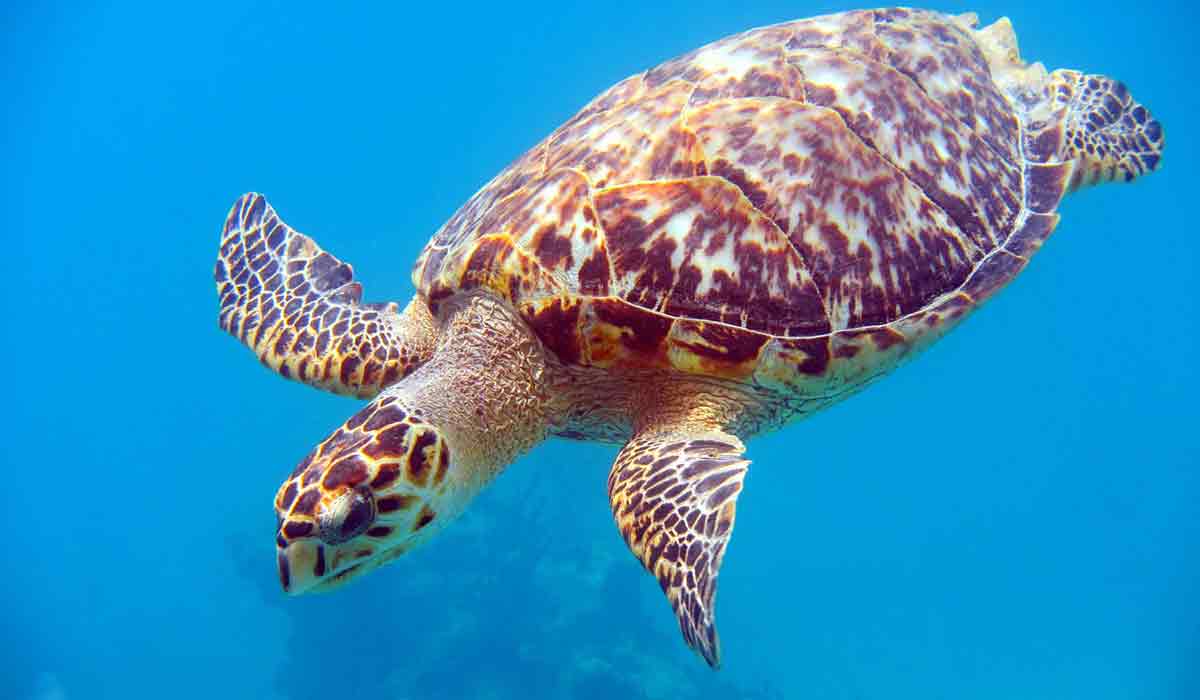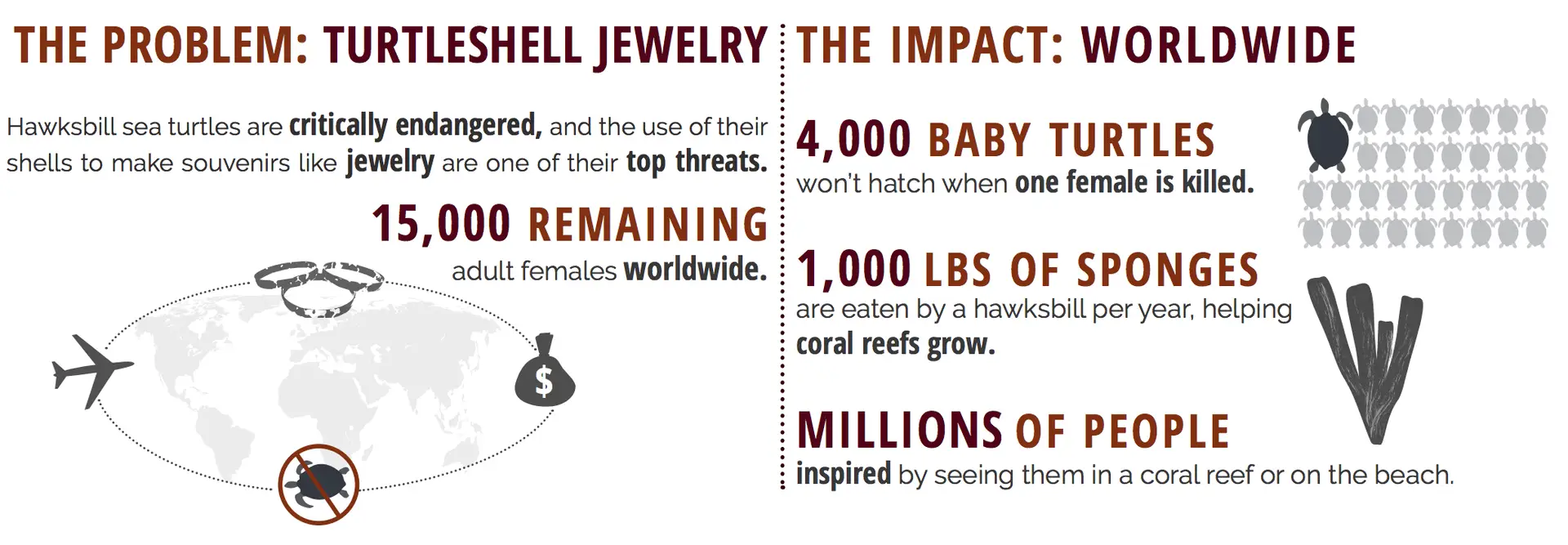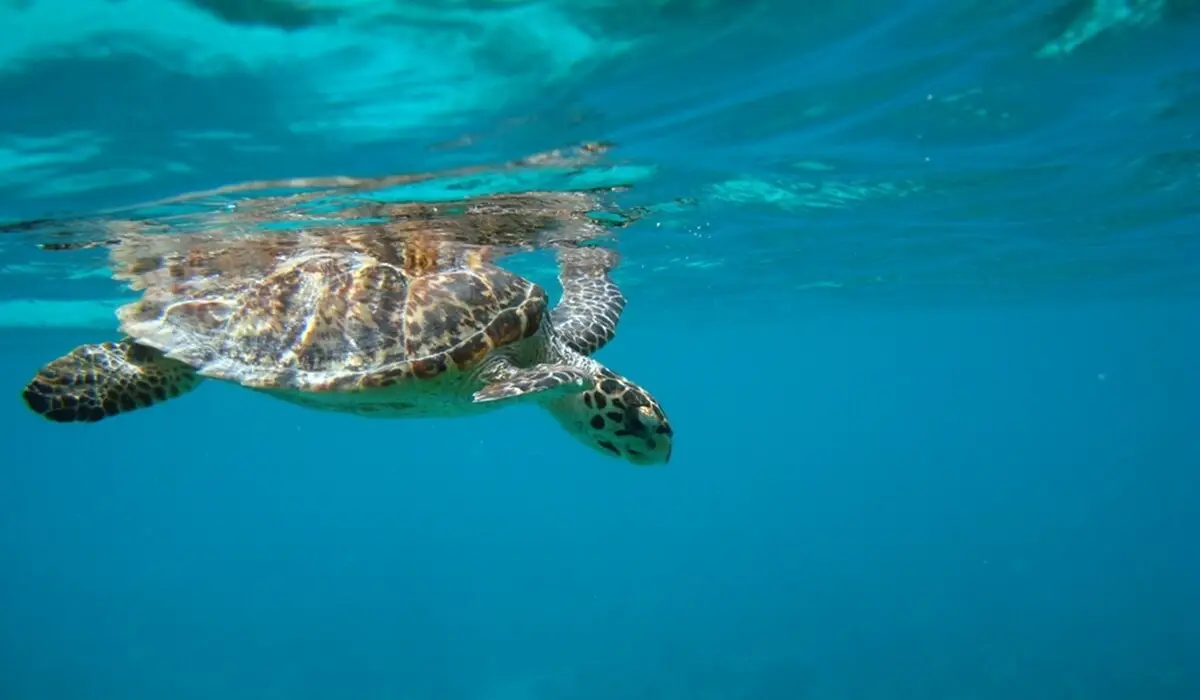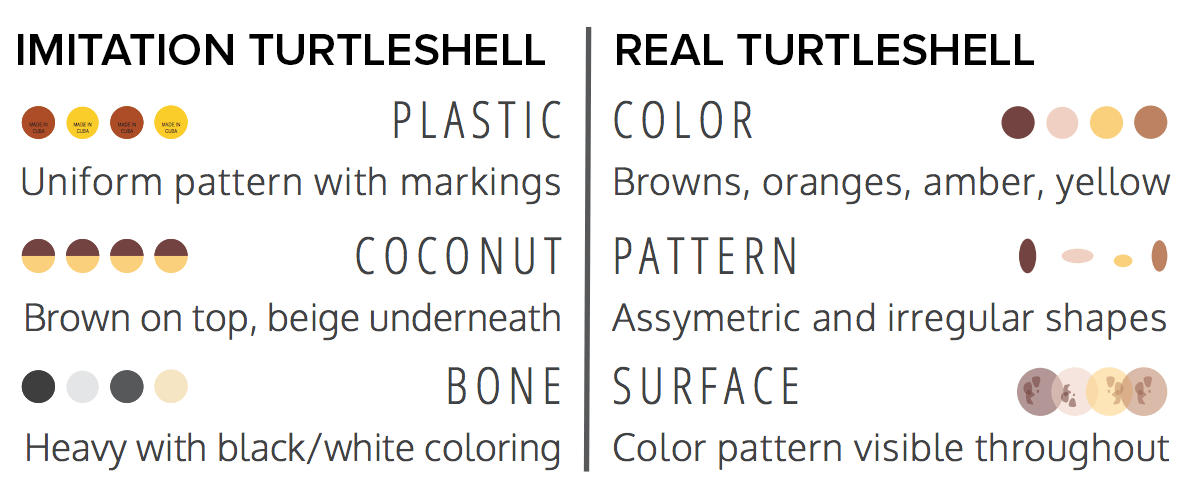Article contributed by SEE Turtles / Too Rare to Wear
Your souvenir choices can either harm or protect the critically endangered hawksbill sea turtle
If beauty was considered a curse, the hawksbill sea turtle would be the poster child. Its beautiful multicolored shell (also known as a carapace), which helps it hide among the bright colors of the reef, also makes it an attractive souvenir and the demand for their shell remains a serious obstacle to their continued survival. Though hawksbill sea turtles are protected by law in most countries, the illegal harvest (also called poaching) and trade of their parts continues. Unknowing tourists often return home from vacation with ‘tortoiseshell’ trinkets crafted from the shell of hawksbills. While the importation of turtleshell items is illegal in the United States, these items are the most commonly intercepted products by US Customs agents from tourists returning home from the Caribbean.
In addition to the illegal trade of their shell, hawksbills face entanglement and capture in fishing gear, degradation of nesting and foraging habitat, the poaching of their meat and eggs for consumption, marine pollution and debris, coastal development, and other threats that put them at risk throughout their geographic range.

Why it Matters
The hawksbill is one of seven species of sea turtles worldwide and is found in tropical and sub-tropical waters of the Indian, Pacific, and Atlantic Oceans. They occupy coral reefs and various other habitats including rocky areas, lagoons, mangrove estuaries, oceanic islands, and shallow coastal zones.
A Declining Population
In the past century global hawksbill populations have declined by a staggering 90% as a result of the demand for their shell. Estimates suggest there are as few as 15,000 – 20,000 nesting female hawksbills worldwide, a fraction of their population just a few decades ago. The IUCN (International Union for Conservation of Nature) Red List categorizes hawksbills as Critically Endangered and decreasing globally. In the United States they are listed as Endangered.

Helping Coral Reefs Grow
Only a small handful of marine animals specialize in eating sponges, called spongivory, making the role of the hawksbill on coral reefs an important one. By consuming a diet that consists largely of certain species of sponges, they play an important role in the reef ecosystem by keeping sponge populations in check, which allows other species to occupy space on the reef and increases biodiversity. It’s estimated that one turtle can consume over 1,000 pounds of sponges per year. Without hawksbills, sponges have the ability to overgrow corals and suffocate reefs.
Keeping Coastal Ecosystems Healthy
Because sea turtles lay their eggs on beaches and mangrove islands, hawksbills are also important for the health of coastal ecosystems. The eggs they deposit in the sand provide nutrients to the beach and surrounding vegetation and are also consumed by natural predators which move nutrients into the system through the passing of fecal material.
What you can do:
- Do not purchase from stores and vendors who sell these products. Use the responsible turtleshell buying guide below to determine whether or not a product is made with real or imitation turtleshell. When in doubt, opt for a different type of souvenir such as those made from coconuts.
- When you find turtleshell for sale, let the vendors know that you only purchase from stores that are turtle-friendly and tell them why. You can also give other travelers a heads up by posting an online review and sharing in the Travel Better Club Facebook group.
- Read the new report “Endangered Souvenirs,” to learn more about the current hawksbill turtleshell souvenir situation. Download a copy of the report here.
- Take the pledge to avoid turtleshell at www.TooRareToWear.org.
- Educate other travelers about these products and how to avoid them.

Responsible Turtleshell Buying Guide
Places to watch out for turtleshell souvenirs:
Hawksbill turtleshell souvenirs can be found in almost all destinations where animal lives, which is primarily in the tropics and subtropics of the Atlantic, Indian, and Pacific oceans. In their recent study, Too Rare to Wear along with their partners, surveyed tourist hotspots across the Caribbean and Latin America to assess the current level of trade in turtleshell. The findings reveal the percent of observed stores in each country that are selling turtleshell:
Common Types of Turtleshell Products
- Jewelry
- Combs
- Hair Clips
- Sunglasses
- Ornaments
- Utensils
- Fans
- Guitar picks
Identifying Real vs Fake Hawksbill
Characteristics:


 Written By:
Written By: 




